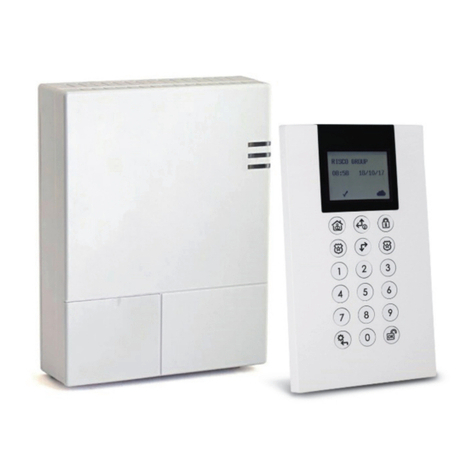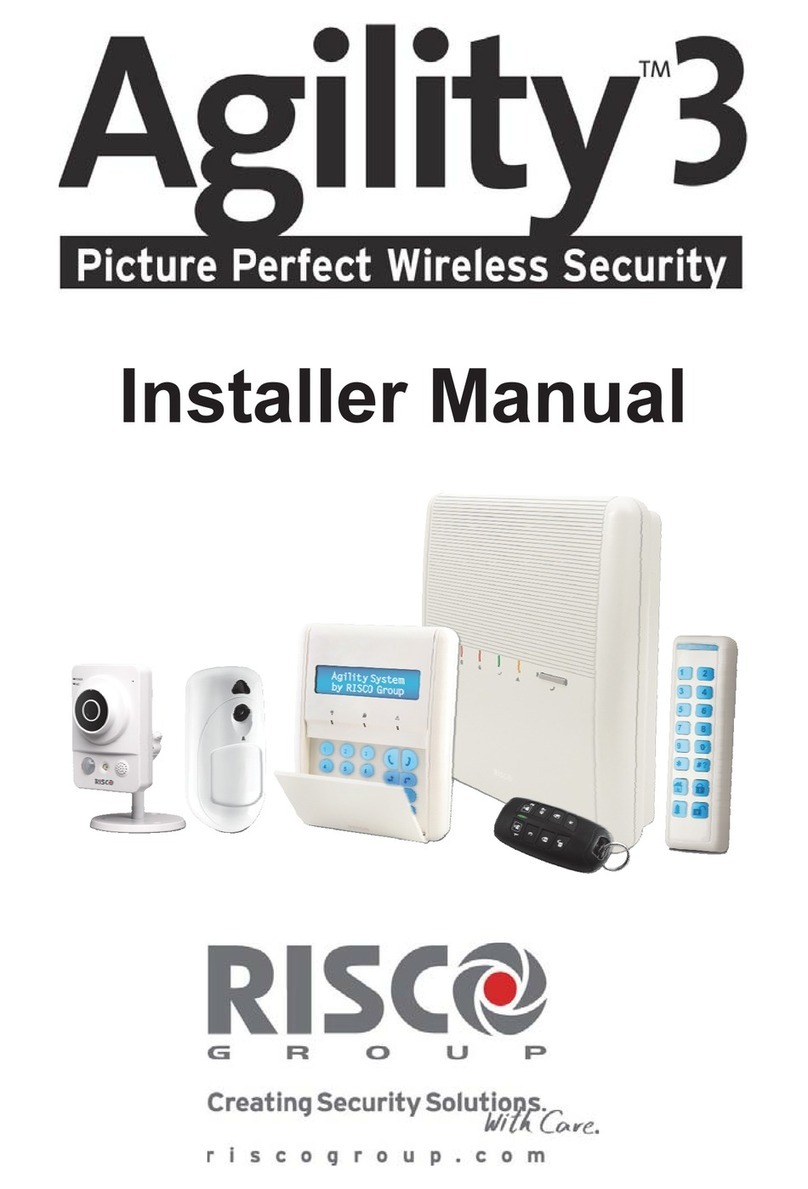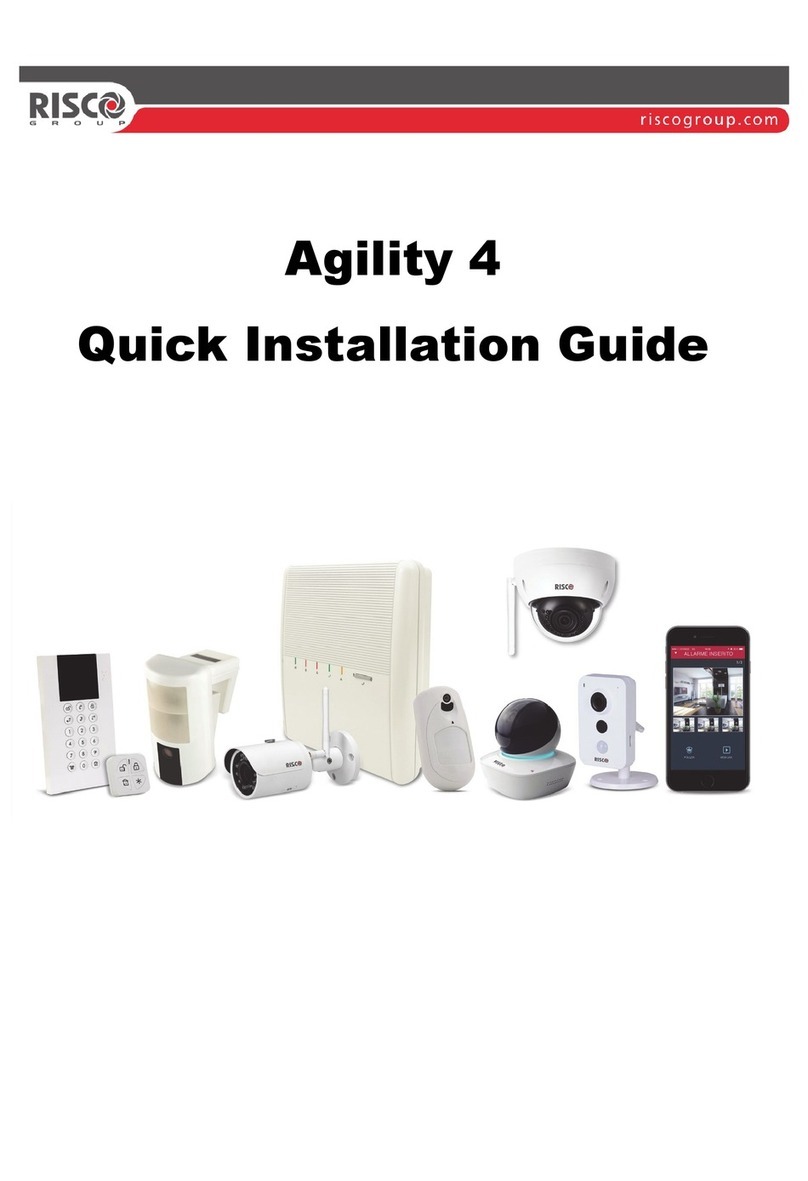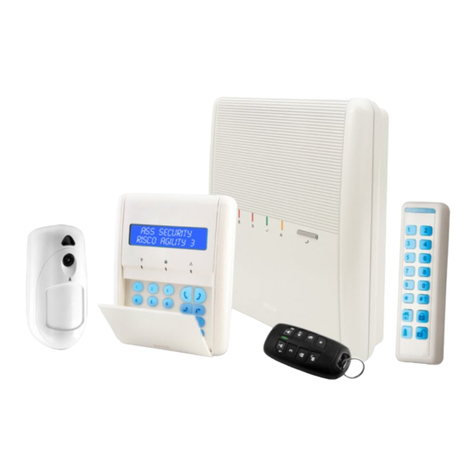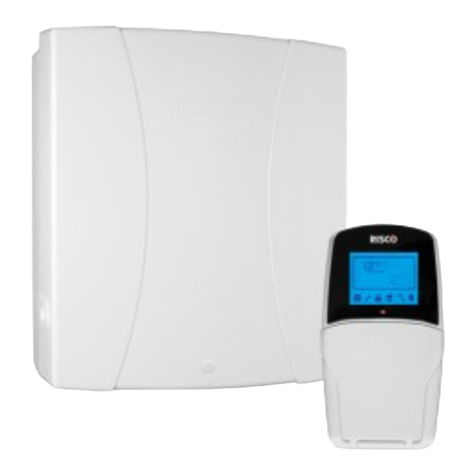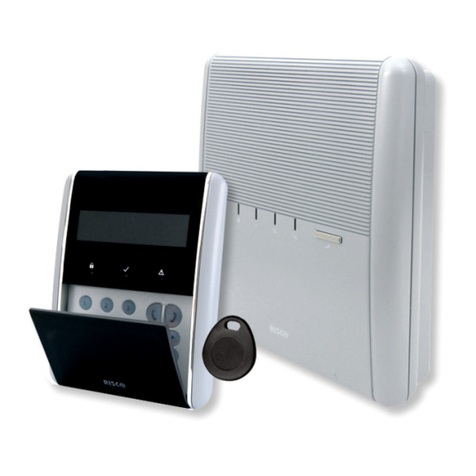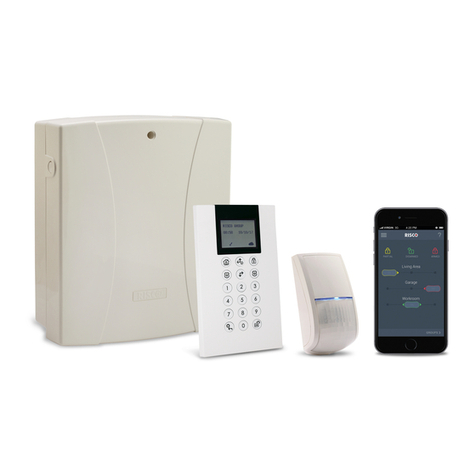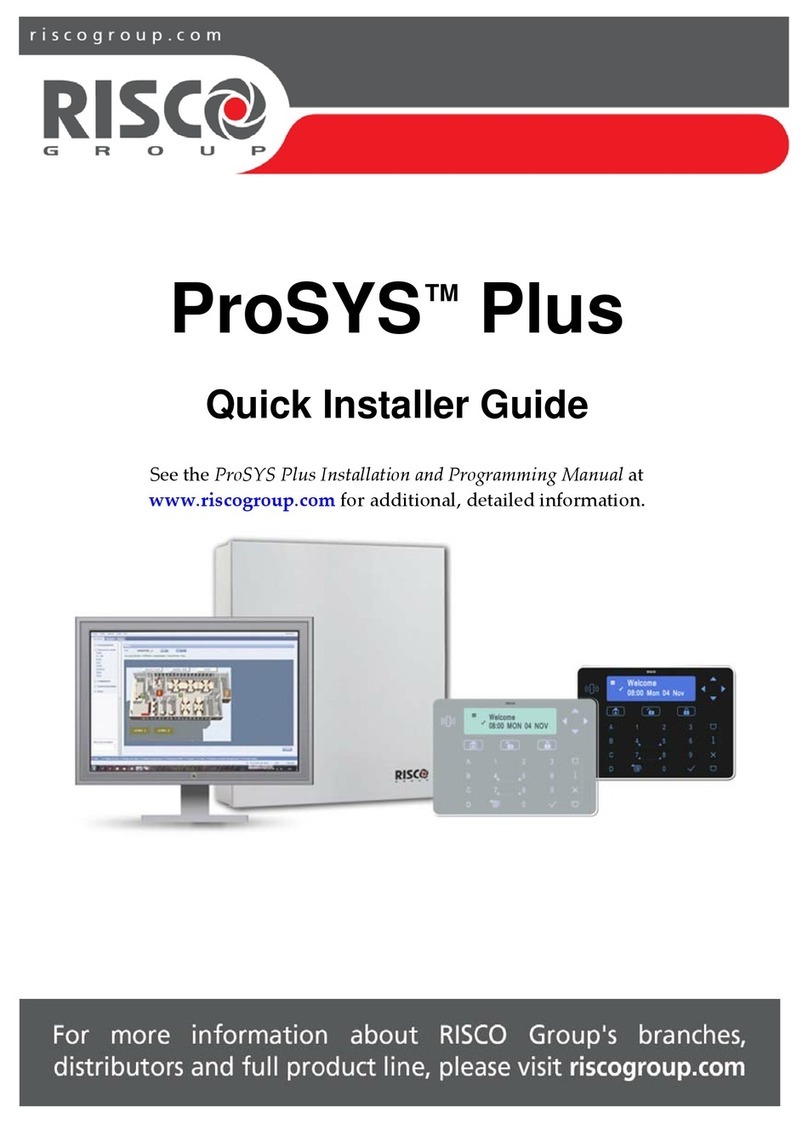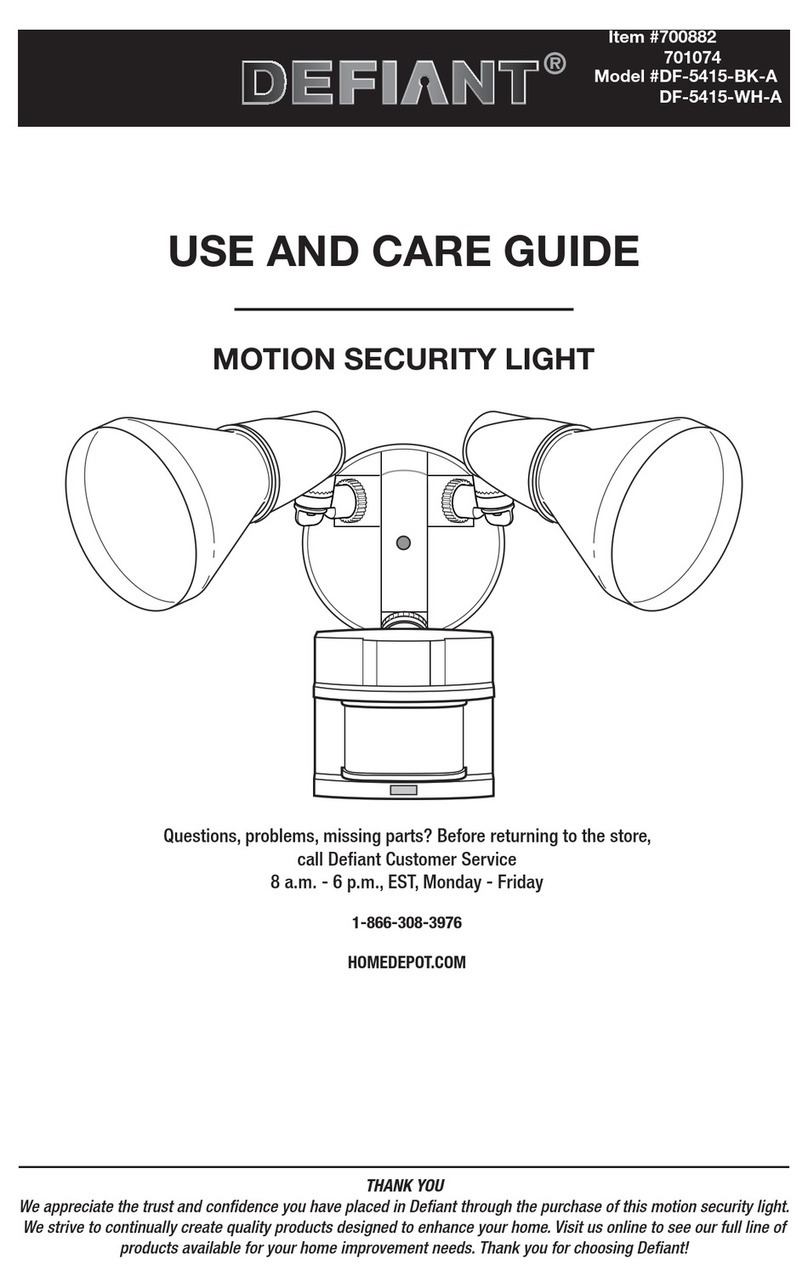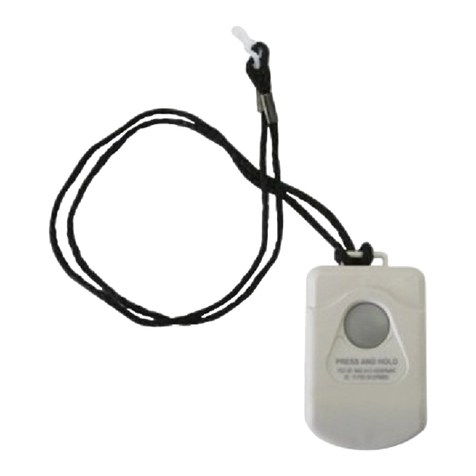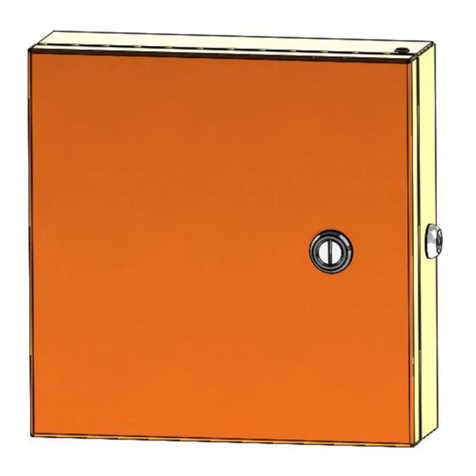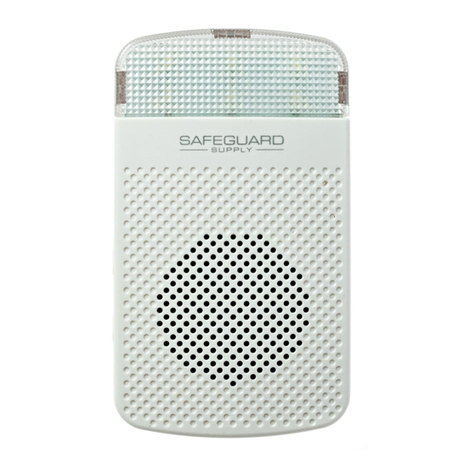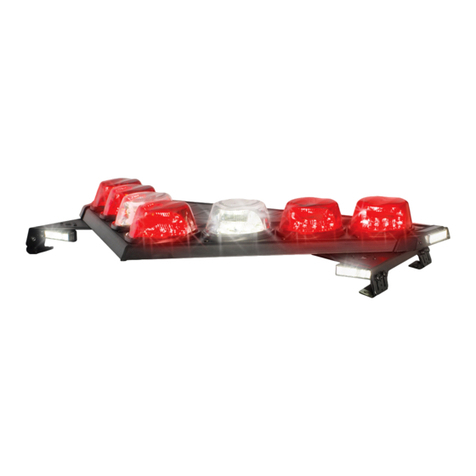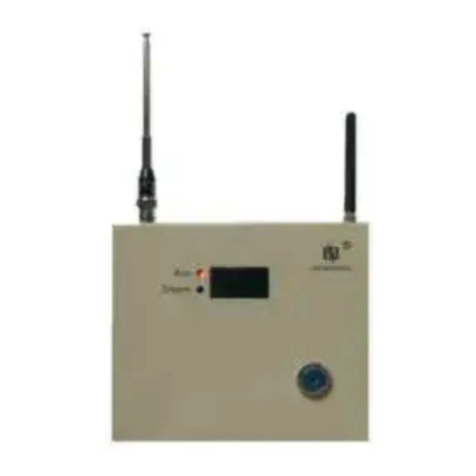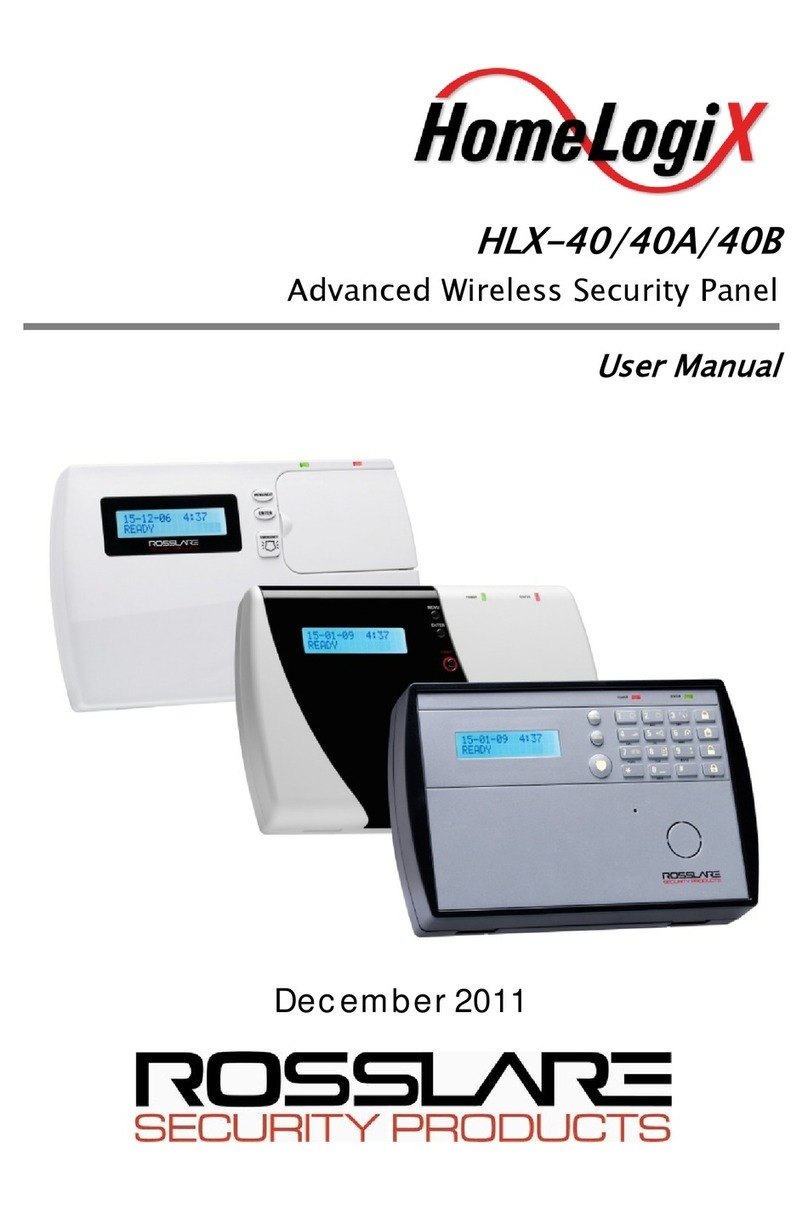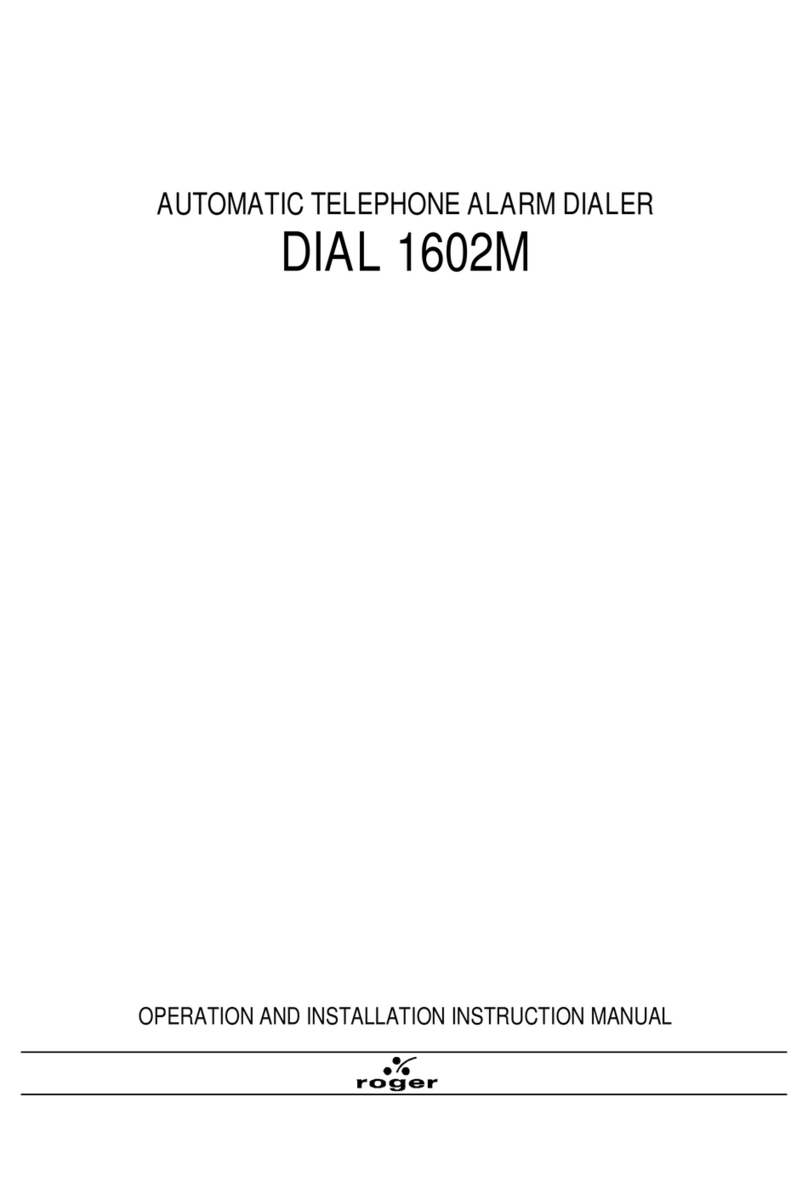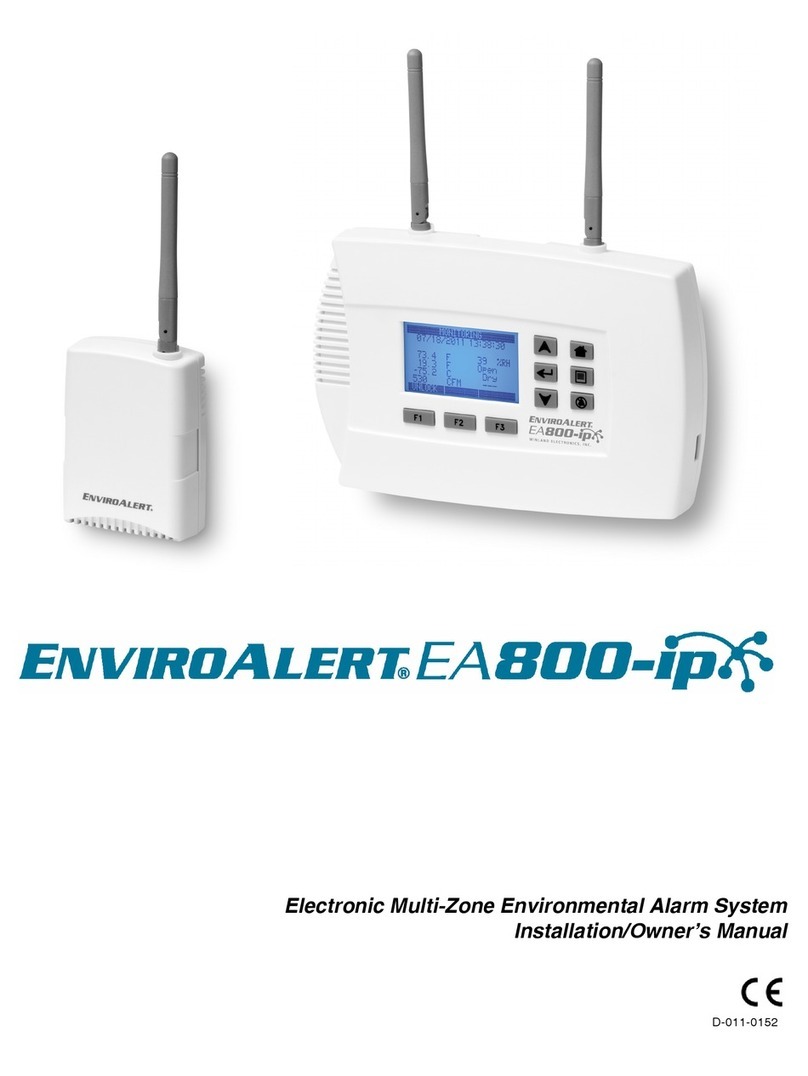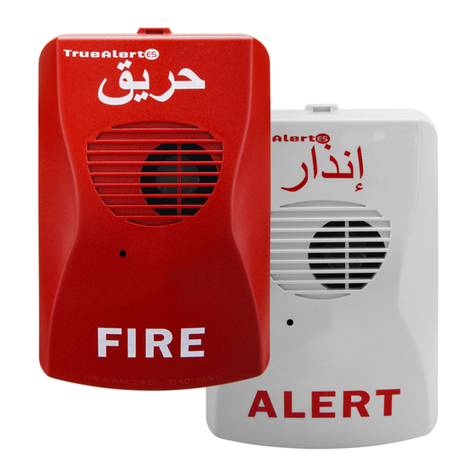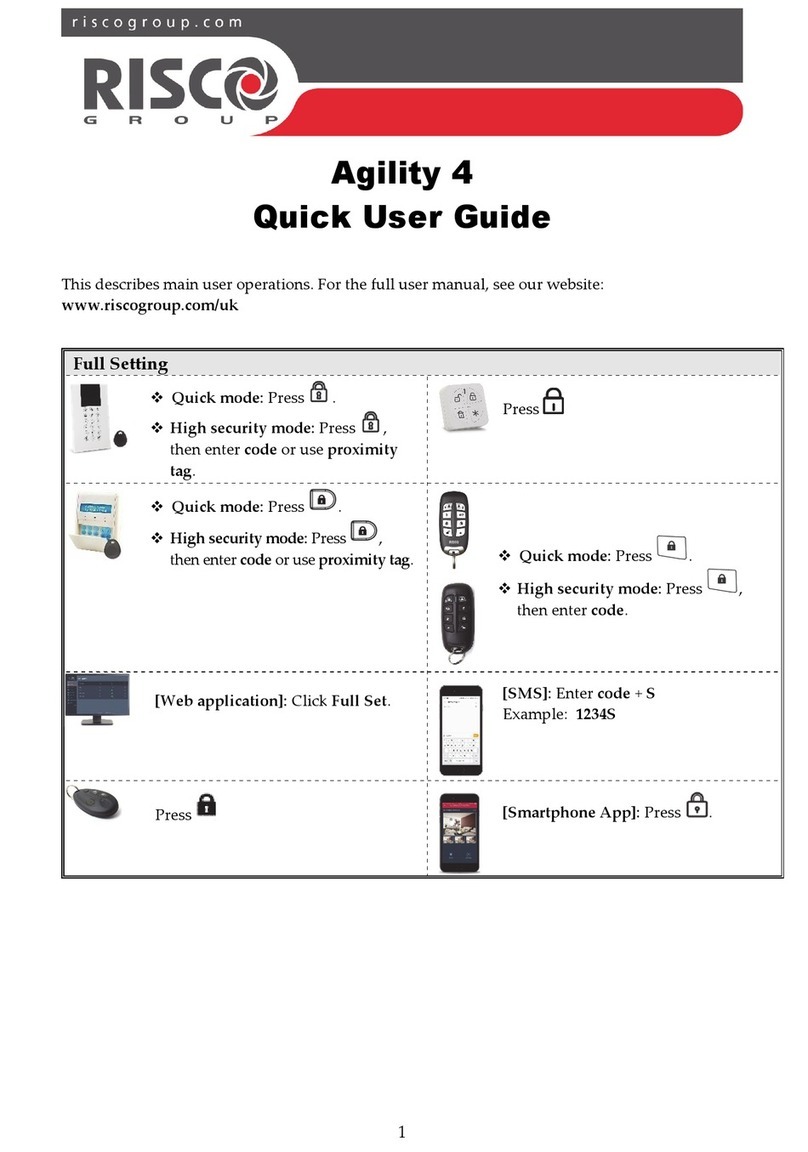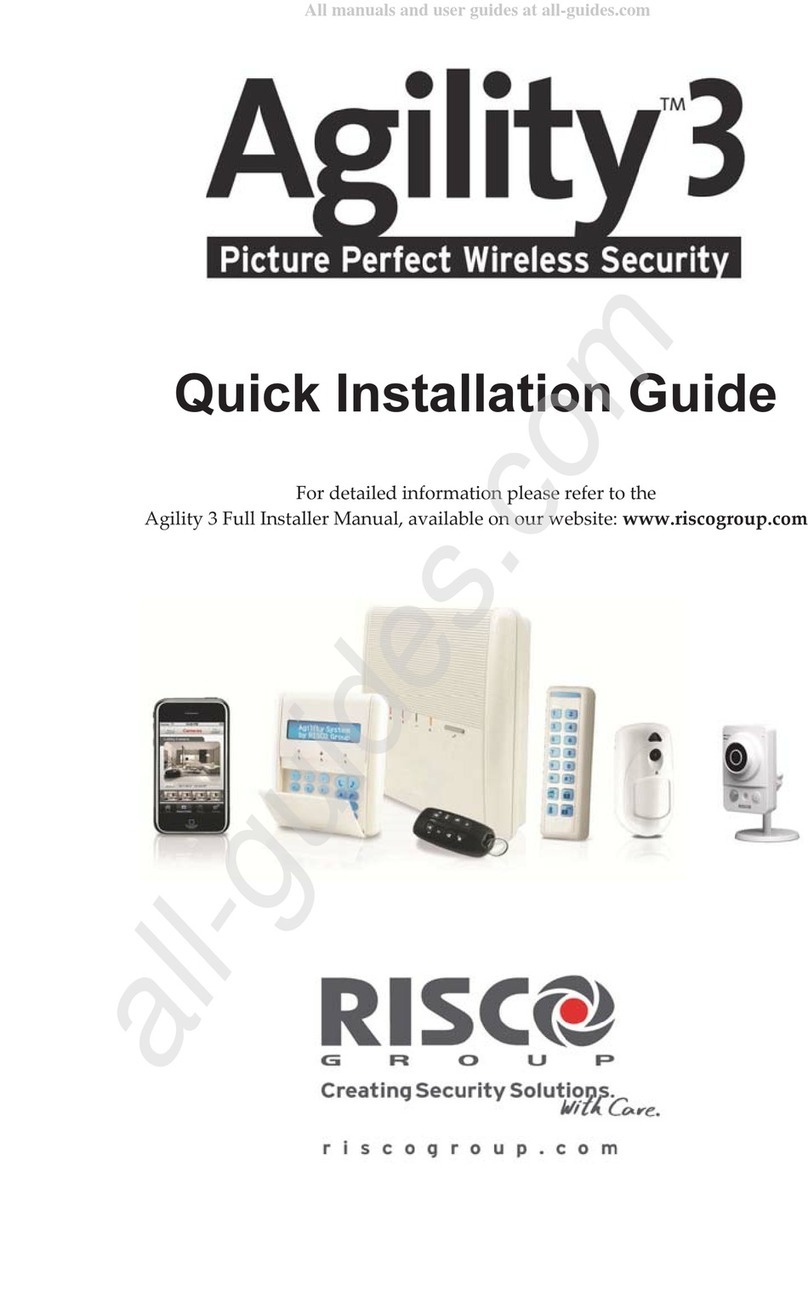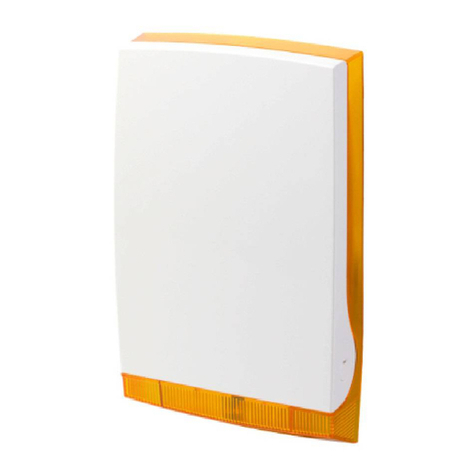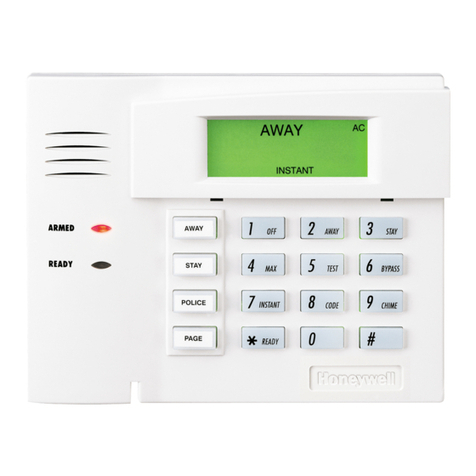
Page v
Timers.................................................................................................................... 61
Controls................................................................................................................. 65
Labels .................................................................................................................... 80
Sounds................................................................................................................... 80
Settings.................................................................................................................. 81
Automatic Clock .................................................................................................. 83
Service Information ............................................................................................. 83
Firmware Update................................................................................................. 84
2 Zones ............................................................................................................................ 84
Parameters ............................................................................................................ 85
Zones: Parameters: One By One.............................................................. 85
Zones: Parameters: By Category ............................................................. 87
Label .................................................................................................. 87
Partition............................................................................................. 87
Type................................................................................................... 87
Sound................................................................................................. 94
Termination ...................................................................................... 95
Loop Response ................................................................................. 95
Advanced.......................................................................................... 96
Bus Zones Configuration.................................................................................... 97
Testing................................................................................................................. 105
Cross Zones ........................................................................................................ 107
Alarm confirm.................................................................................................... 109
3 Outputs ...................................................................................................................... 110
Nothing ............................................................................................................... 110
Follow System .................................................................................................... 111
Follow Partition ................................................................................................. 114
Follow Zone........................................................................................................ 118
Follow Code ....................................................................................................... 119
4 Codes.......................................................................................................................... 121
User...................................................................................................................... 122
Grand Master ..................................................................................................... 124
Engineer .............................................................................................................. 124
Sub Engineer ...................................................................................................... 125
Code Length ....................................................................................................... 125
5 Communication ........................................................................................................ 126
Method................................................................................................................ 126
PSTN......................................................................................................... 126
GSM .......................................................................................................... 128
Timers.............................................................................................. 128
Controls........................................................................................... 132



















